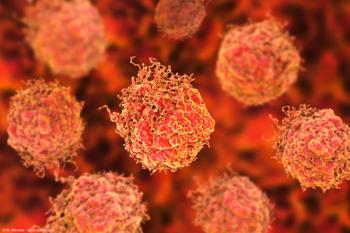
The median PFS was 39 months (95% CI, 22-not reached [NR]) in arm 3 compared with 8.4 months (95% CI, 2.9-17.0) in arm 1 and 14 months (95% CI, 8.4-20.0) in arm 2.

The median PFS was 39 months (95% CI, 22-not reached [NR]) in arm 3 compared with 8.4 months (95% CI, 2.9-17.0) in arm 1 and 14 months (95% CI, 8.4-20.0) in arm 2.

Conversely, investigators noted that there was an overall survival benefit when dose-dense MVAC was used in the neoadjuvant setting.

Flotufolastat F 18 is now included in the NCCN prostate cancer guideline recommendations for all the same categories as the other PSMA-PET imaging agents approved by the FDA.

The approval of flotufolastat F 18 (formerly 18F-rhPSMA-7.3) in prostate cancer is based on findings from the phase 3 SPOTLIGHT and LIGHTHOUSE trials.

Treatment with nivolumab in patients with high-risk muscle-invasive urothelial carcinoma continued to improve survival, supporting its use as a standard of following radical resection.

Specificity was between 93% to 97% and exceeded the threshold across all readers.
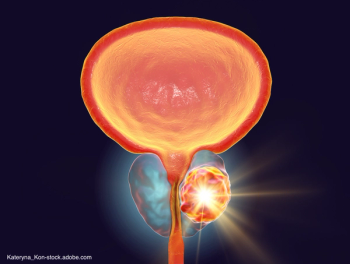
“The outcomes were similar between those who had normal or above, or below normal testosterone levels at baseline," said Kelly L. Stratton, MD.

OS was also found to be prolonged in the propensity score matched analysis, with a median that was not reached in the pembrolizumab arm vs 21 months in the IRC arm.

The odds of a negative biopsy were 3.5 times higher when adding the androgen receptor pathway inhibitor to active surveillance.

Belzupacap sarotalocan is a virus-like drug conjugate that consists of a virus-like particle conjugated with an anticancer agent.

177Lu-PSMA-617 is approved by the FDA for previously treated patients with PSMA-positive metastatic castration-resistant prostate cancer.

“These data support further evaluation of antibody-drug conjugate/checkpoint inhibitor combination [therapy] in metastatic urothelial cancer in the platinum-refractory setting and probably in earlier lines of therapy in a different patient population,” says Petros Grivas, MD, PhD.
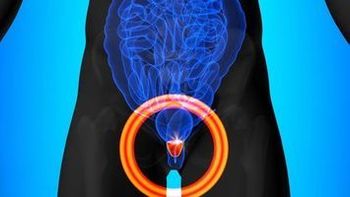
A phase 2a efficacy analysis has been launched exploring the combination of the novel oral immune activator BXCL701 and pembrolizumab in prostate cancer patients with de novo or treatment-emergent small cell neuroendocrine carcinoma.
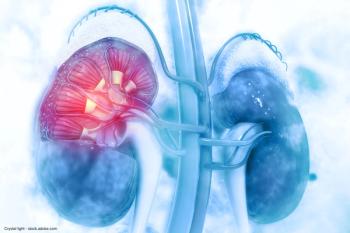
Additional prospective trials containing a larger sample size and longer follow up are needed to determine the optimal treatment sequence in favorable-risk advanced renal cell carcinoma.

The FDA has officially released its finalized recommendation for the use of metastases-free survival as an end point in clinical trials evaluating treatments for patients with nonmetastatic castration-resistant prostate cancer.

Among patients treated through the Veteran’s Health Administration, Black men with prostate cancer were less likely to choose or be offered the most beneficial treatment options.

“To our knowledge, this study represents the first attempt to assess the associations between demographic factors and receipt of non–guideline-based treatment among patients with kidney cancer,” the authors of the study wrote.

The federal agency has issued final guidance on how to design studies that include this patient population.

In this subgroup, adjuvant radiotherapy significantly reduced the risk of all-cause mortality versus early salvage radiation therapy.

The treatment was also shown to be safe and tolerable in this patient population.

Published: July 26th 2023 | Updated:

Published: February 18th 2023 | Updated:
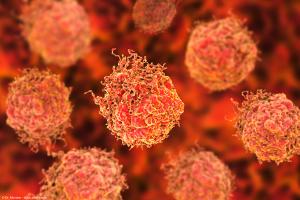
Published: January 26th 2024 | Updated: